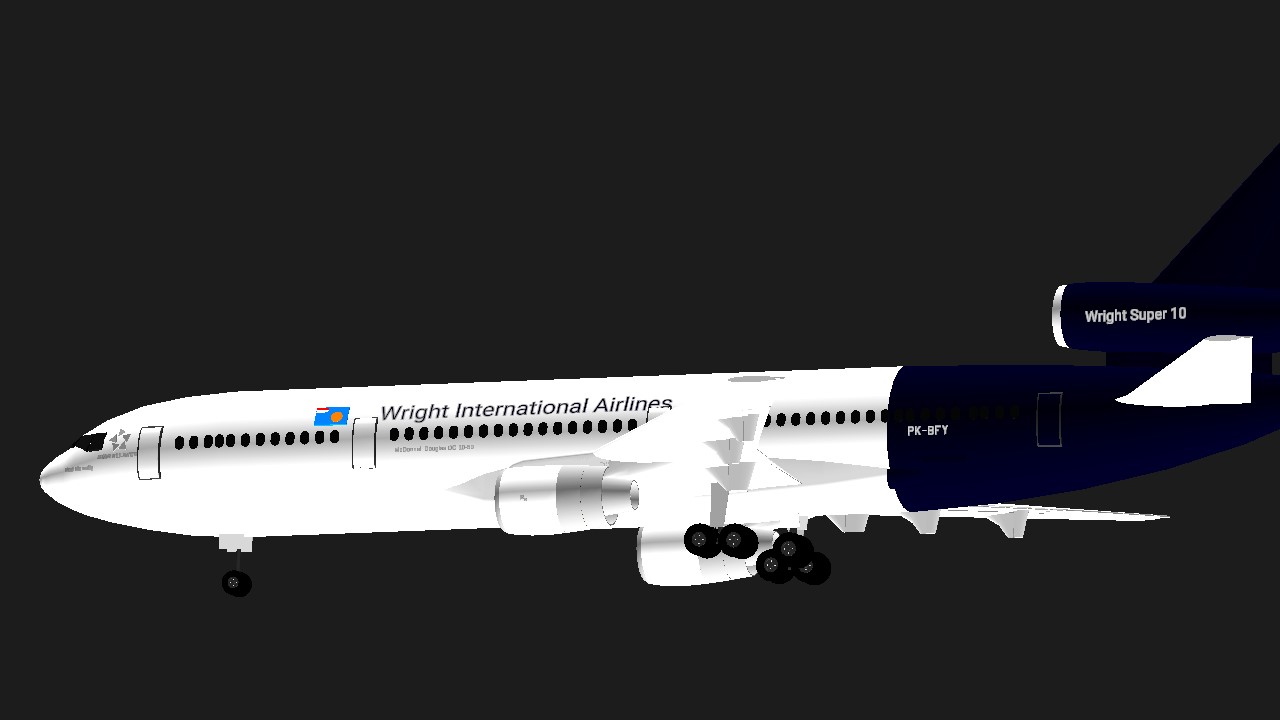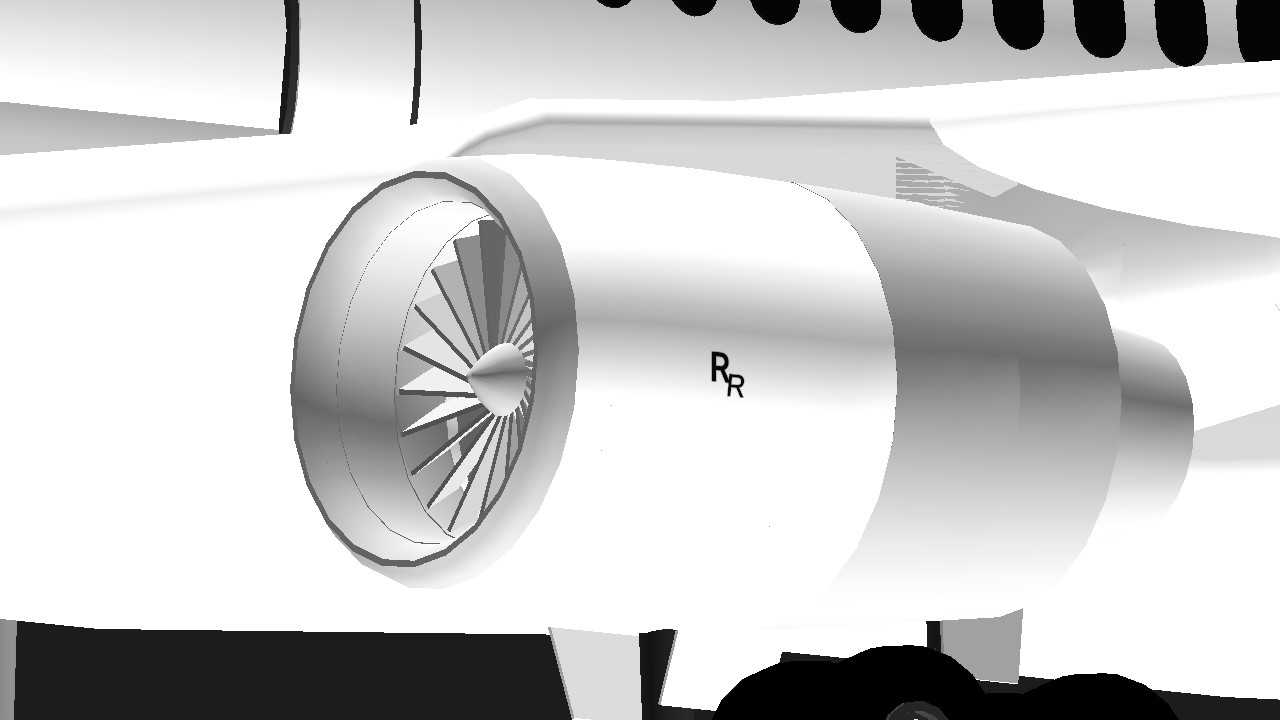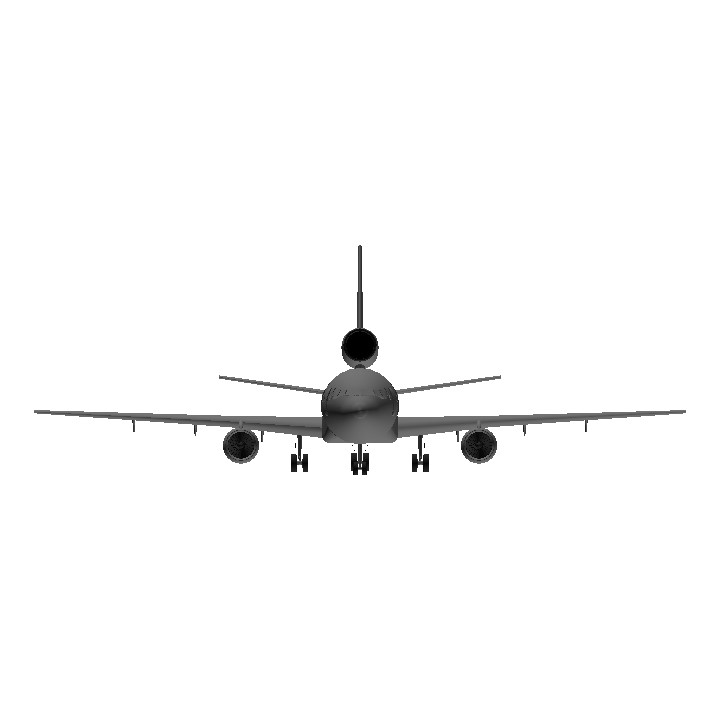There are just 3 version of DC-10 that entering service: -10, -30, -40, but actually there are proposed version of DC-10 using Rolls-Royce RB211 engine not CF6 or JT9D
DC-10-50
Wiki for DC-10
The McDonnell Douglas DC-10 is an American tri-jet wide-body airliner manufactured by McDonnell Douglas. The DC-10 was intended to succeed the DC-8 for long-range flights. It first flew on August 29, 1970; it was introduced on August 5, 1971, by American Airlines.
The trijet has two turbofans on underwing pylons and a third one at the base of the vertical stabilizer. The twin-aisle layout has a typical seating for 270 in two classes. The initial DC-10-10 had a 3,500 nmi (6,500 km) range for transcontinental flights. The DC-10-15 had more powerful engines for hot and high airports. The DC-10-30 and -40 models (with a third main landing gear leg to support higher weights) each had intercontinental ranges of up to 5,200 nmi (9,600 km). The KC-10 Extender (based on the DC-10-30) is a U.S. Air Force tanker.
A design flaw in the cargo doors caused a poor safety record in early operations. Following the American Airlines Flight 191 crash (the deadliest aviation accident in US history), the US Federal Aviation Administration (FAA) grounded all U.S. DC-10s in June 1979. In August 1983, McDonnell Douglas announced that production would end due to a lack of orders, as it had a widespread public apprehension after the 1979 crash and a poor fuel economy reputation.[2] Design flaws were rectified and fleet hours increased, for a safety record later comparable to similar era passenger jets.
Production ended in 1989, with 386 delivered to airlines along with 60 KC-10 tanker aircraft. The DC-10 outsold the similar Lockheed L-1011 TriStar. It was succeeded by the lengthened, heavier McDonnell Douglas MD-11. After merging with McDonnell Douglas in 1997, Boeing upgraded many in-service DC-10s as the MD-10 with a glass cockpit to eliminate the flight engineer position. In February 2014, the DC-10 made its last commercial passenger flight. Cargo airlines continue to operate it as a freighter, its largest operator is FedEx Express. The Orbis Flying Eye Hospital is a DC-10 adapted for eye surgery. A few DC-10s have been converted for aerial firefighting use. Some DC-10s are on display, while other retired aircraft are in storage.
Wiki for DC-10-50(not much information i found about this proposed model)
A proposed version with Rolls-Royce RB211-524 engines for British Airways. The order never came and the plans for the DC-10-50 were abandoned after British Airways ordered the Lockheed L-1011-500 instead.
Controls
VTOL:Flaps
AG1: Reverse Thrusters
Credits
@Dann810 for both plane and engine
Enjoy your flight
Specifications
General Characteristics
- Predecessor McDonnell Douglas DC-10 Series 30 [READ DESCRIPTION BEFORE DOWNLOAD]
- Successors 1 airplane(s)
- Created On Android
- Wingspan 164.6ft (50.2m)
- Length 181.7ft (55.4m)
- Height 57.9ft (17.7m)
- Empty Weight 176,976lbs (80,275kg)
- Loaded Weight 493,520lbs (223,857kg)
Performance
- Power/Weight Ratio 0.355
- Wing Loading 10.0lbs/ft2 (48.9kg/m2)
- Wing Area 49,307.7ft2 (4,580.8m2)
- Drag Points 54287
Parts
- Number of Parts 441
- Control Surfaces 18
- Performance Cost -1







Welcome to an alternate universe where Indonesia colonizes rather than being colonized